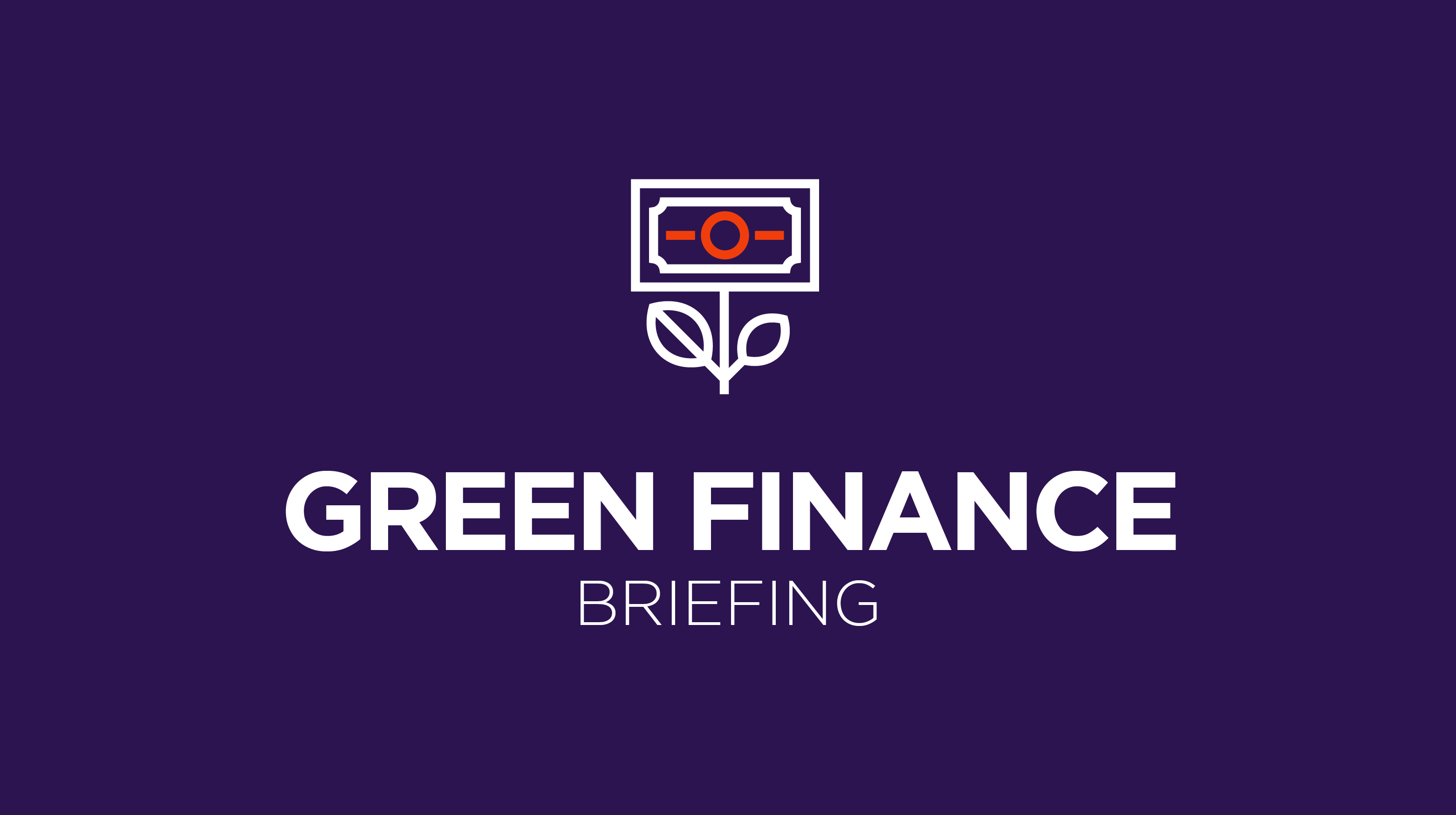Green Finance
Green Finance Briefing: ‘Business as usual’ is proving unsustainable for banks
- Climate change is forcing banks to rethink their strategies, but newly-established Climate First Bank has placed sustainability right into its core purpose.
- In other news, the Russia-Ukraine war is pressuring ESG agendas globally, with many investors and asset managers put to the test.








